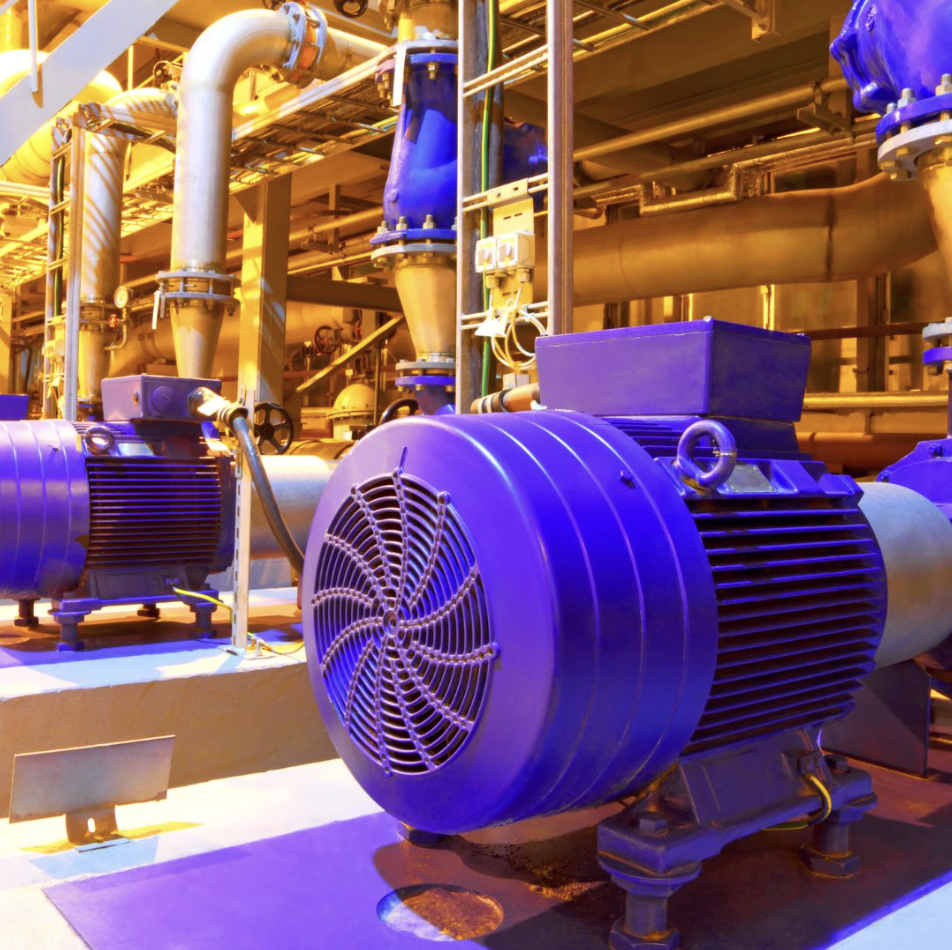How Will Installing a Powerdown220 Voltage Optimiser Affect My Electrical Equipment and Appliances?
How a Voltage Optimiser Affects Your Electrical Equipment
One of the most common questions we get is: Will installing a voltage optimiser affect my electrical equipment?
The short answer is no. When installed correctly, a voltage optimiser like the PD220 or Eco Max won’t negatively impact your appliances or systems. In fact, most businesses see measurable improvements in both energy efficiency and equipment lifespan after installation. This is because voltage optimisation doesn’t restrict power, it delivers only what’s needed, no more, no less.
Understanding Voltage Standards and Equipment Compatibility
Across the UK and Europe, electricity is supplied within strict voltage limits set by IEC 60038. These regulations define the standard supply voltage as:
230V (+/-10%) for single-phase systems
400V (+/-10%) for three-phase systems
Any CE-marked equipment designed for the UK or EU is built to operate reliably within these parameters. That means your lighting, HVAC, motors, refrigeration units, and other business-critical systems are already set up to function efficiently at a voltage level closer to 220V, which is exactly what Powerdown220’s voltage optimisers are engineered to deliver.
If your equipment is CE-certified and from a reputable manufacturer, it will continue to operate exactly as it should. The only difference is that it won’t be subjected to unnecessary over-voltage, which is a common cause of excess wear and reduced lifespan.
The Real Cost of Over-Voltage
While it might sound harmless, consistently operating electrical systems at the top end of the allowed voltage range can be damaging. According to BS7671 (UK Wiring Regulations), running appliances at higher-than-needed voltages results in:
Increased energy use
Higher internal temperatures
Accelerated degradation of internal components
Shortened equipment life
For example, a standard 230V-rated appliance operating at 240V or higher will draw more power than it needs to perform the same task. Over time, this increases your energy bills and maintenance costs — while also reducing how long your systems last. In some cases, over-voltage can shorten the operational life of equipment by up to 46%.
Voltage Optimiser Impact on Motors and Industrial Equipment
Electric motors are a key concern for many industrial clients, and rightly so. Most motors used in UK facilities are manufactured to IEC 60034 standards, meaning they are designed to function efficiently within the following voltage bands:
230V +/-5% (three-phase range: 378V to 418V) under normal operation
230V +/-10% (three-phase range: 359V to 438V) for short periods
When motors are exposed to voltages above their optimal range for long periods, they operate at higher temperatures and under greater mechanical stress. This not only increases the energy they consume, but also leads to overheating, early failures, and higher downtime costs.
By ensuring your voltage stays within optimal parameters, a Powerdown220 voltage optimiser helps motors perform more efficiently and last longer.
What Are the Benefits of Installing a Powerdown220 Voltage Optimiser?
The PD220 and Eco Max ranges are built with UK businesses in mind. When installed by a qualified electrician, you can expect:
Zero disruption to existing electrical systems
Optimised voltage supply aligned with UK and EU standards
Reduced heat and electrical stress across all major appliances
Longer life for HVAC, motors, lighting, and other infrastructure
Verified compliance with IEC 60038, IEC 60034, and BS7671 regulations
In other words, you’ll be getting the performance your equipment was designed for, without the costly side effects of constant over-voltage.
Final Thoughts
Voltage optimisation is not about restricting energy. It’s about reducing unnecessary waste. Every kilowatt of excess voltage your site receives results in additional strain on your systems and money off your bottom line. The good news is that this is avoidable.
With Powerdown220’s fully compliant voltage optimiser systems, you can maintain full functionality across your site while benefiting from lower energy usage, less maintenance, and longer-lasting equipment.
Thousands of UK sites have already made the switch. If you want to join them, we’ll help you assess your current voltage levels and determine if optimisation is right for your setup.
Ready to improve your energy efficiency without compromising performance? Let’s talk.

